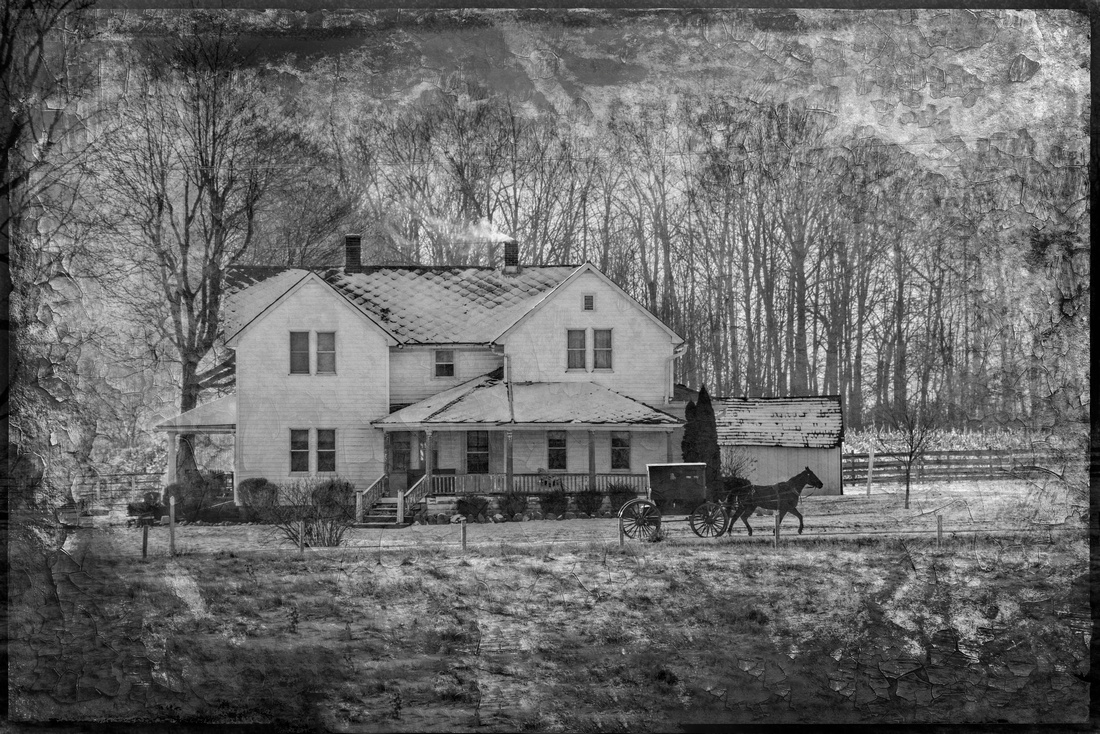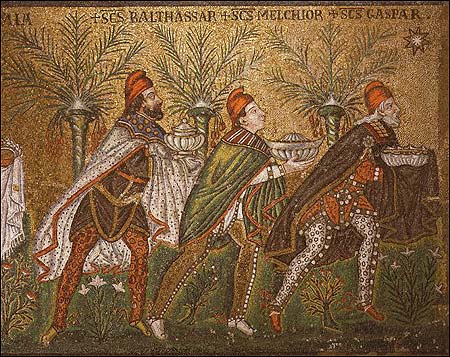
Amish Holiday Tradition: Epiphany or Old Christmas
On January 6th, the Amish get an extra dose of Old Christmas cheer. So what is this Amish Holiday Tradition all about?
Epiphany vs. Old Christmas: Explaining the Amish Holiday Tradition
Two different – though very much related – things, both occurring on January 6th! (Who knew?)
Epiphany is a Christian feast day celebrated on January 6. The day off – full of family and food for the American Amish – memorializes the discovery of Jesus’ divinity to those around him. In Western Christianity, the celebration of Epiphany focuses on the adoration of the Magi or the Three Kings. According to the Bible, they came in search of the Christ child (you know, frankincense and myrrh and all that:-). In France, Germany, Austria and some other European countries, families baked special cakes and pies with a coin, or pea, or bean inside the cake. Whoever finds the hidden treasure was the king of the feast!

Three Kings of Epiphany or Old Christmas, an Amish Holiday Tradition
[Tweet “Did you know? In Eastern Christianity, the holiday Epiphany emphasizes Jesus’ baptism.”]
In Eastern Christianity, the holiday Epiphany emphasizes Jesus’ baptism. Over the centuries, European folklore has assigned numerous legends and customs to Epiphany. The most logical tradition involves bathing in Holy Water. In many countries, Epiphany marks the end of the Christmas season, as it does in the Amish Holiday Tradition.
Old Christmas is, essentially, when Christmas used to be. Back before 1582.
[Tweet “Old Christmas is, essentially, when Christmas used to be. Back before 1582.”]
See, in the 16th century, it became clear to Europeans that their calendar was getting a little out of whack, especially the date of the spring equinox. Scientists established this calendar – called the Julian calendar, after Julius Caesar – in 46BC. At that time, they judged a year at 365.25 days long. By 1582, however, astronomists established that the year was 365.2422 days long. Over the centuries, the Julian calendar had sped ten days ahead of what was astronomically correct.
So, in 1582, Pope Gregory XIII moved the world over to the more accurate Gregorian Calendar. How? He deleted ten days from that year’s October. As in, the dates of October 6-14th, 1582 do not exist.
[Tweet “Weird: The dates of October 6-14th, 1582 do not exist. Find out why:”]
Naturally, the whole world did not automatically go along with this, and certainly not right away. But by 1584, most Roman Catholic nations were on board. Great Britain held out until 1752. Most Eastern European countries converted between 1912 and 1917. Greece was the last major European country to accept the Gregorian calendar, in the early 1920s.
So when you hear the Orthodox religions (the Amish Holiday Tradition included) talk of Old Christmas, they’re talking about an old calendar’s version of when Jesus was born. As of 2016, this date nears a full twelve days after December 25th.
Any excuse for a day off of feasting, right? Enjoy!
[Tweet “A new excuse for a day off of feasting! Check out Old Christmas: “]





